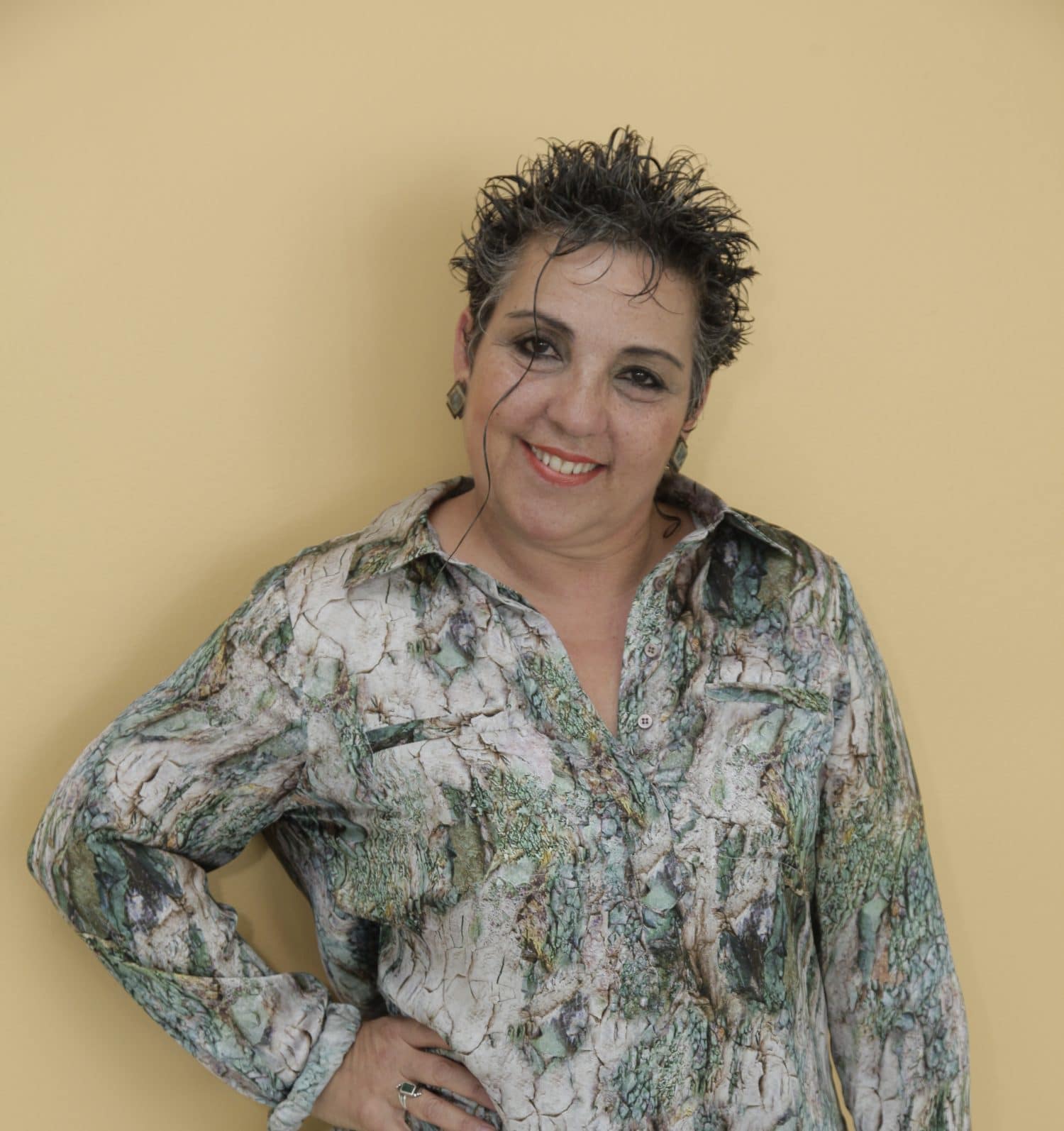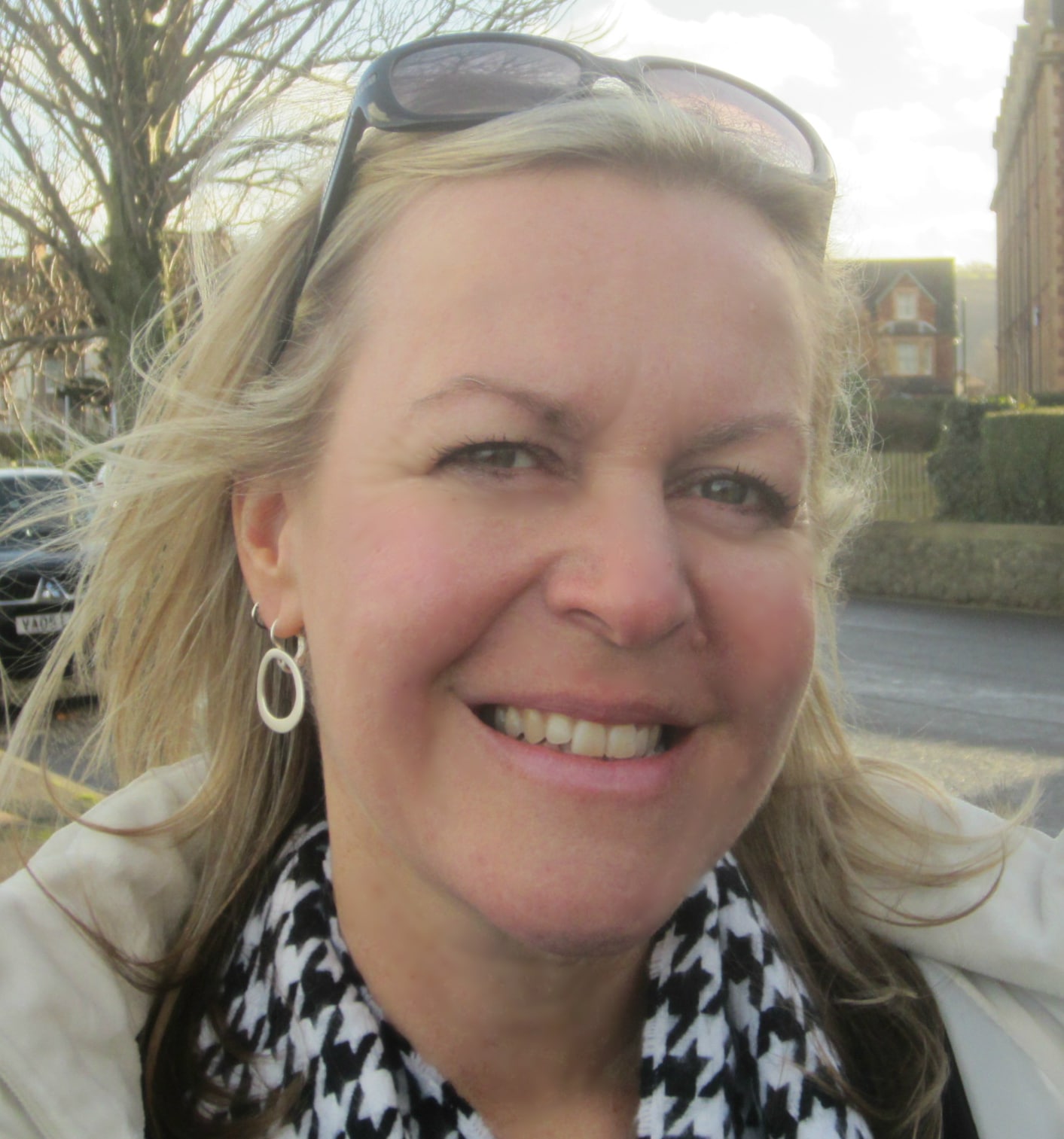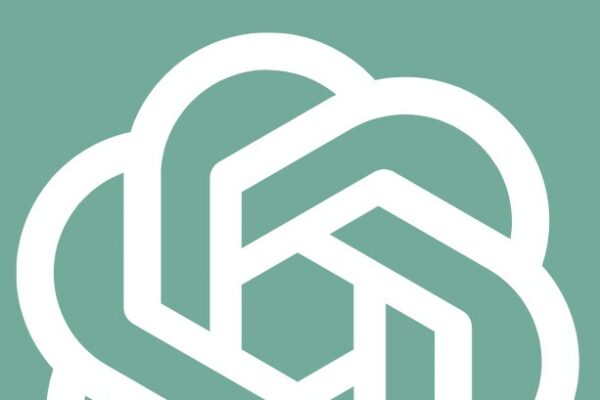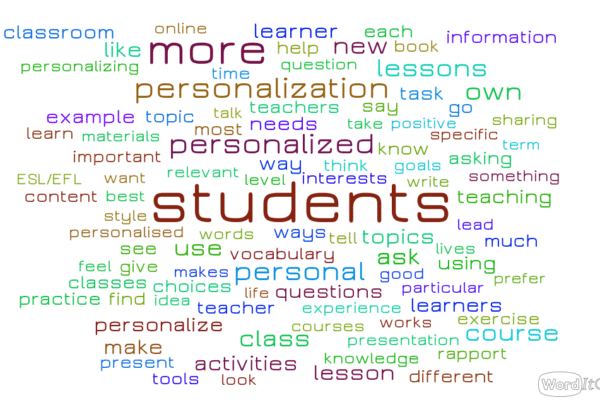Spaces for Learning: Agile Learning Spaces
For the past year I’ve been interested and have intensely studied, researched and explored the Maker Movement. First, just out of curiosity as I was being fed through my Twitter stream (remember I mentioned in other posts how Twitter is still my number one source of inspiration and daily doses of professional development?). The feeling that the Maker movement just made total sense to any classroom got even stronger after attending Giselle Santos‘s presentation on the topic at the BRAZTESOL International Conference in João Pessoa.
Fate or destiny, the Binational Center I work for in Brasilia, Casa Thomas Jefferson, is now involved in a major project to build a Makerspace within our Resource Center premises. I’m bursting in excitement with the possibilities and the chance to work with smart, creative, innovative people. Dani Lyra, who was already part of my team, and is now heading the project has already been doing amazing things. Academic Coordinators and Supervirsors are getting involved. We’ve partnered up with UnB professors and students and the amazing guys from Brasilia Fab Lab. The American Embassy is also giving full support to the project, which represents a major shift in the mindset of how we understand, think and act in our educational context.
OK, but what exactly is this Maker Movement all about? Instead of lecturing on it, I’d like to invite you to go on an adventure with me through the eyes of others who have explained the whole idea in a much more comprehensive way than I could possibly. So, go ahead and get lost in the maker spirit that we all have. Here’s your beginning. Click on the image and mouse over any of the icons to find some maker treasure boxes:
Though I feel like shouting to the winds how powerful it is to develop our learners’ maker mindsets, I’ve been sensing something even more powerful and totally feasible to be done in any school. When Dani and I started planning things for the Makerspace, our initial idea is we’d be studying and absorbing as much as we could, waiting for the new building to be ready. How wrong we were. We soon realized that what we really needed to do was to seize and absorb new learning spaces. All of a sudden, our school premises began to be occupied by creative minds trying to solve problems,understand the challenges they were being faced with, collaborate for success, learning from trial and error, exploring, being curious. I started to notice the effect of changes in the learning spaces not only within the classroom walls (and that’s where we can begin to change), but all over. And as through destiny or fate again, I came across this great podcast about agile learning spaces from EdReach: https://edreach.us/podcast/mobile-reach-60-agile-learning-spaces/
My main takeaway of this maker movement ride so far is my eagerness to keep exploring the intersection between learning and spaces, how we build them, how they engage students, promote team work, explore new perspectives for learning. It is all about mobility (desks, tables, projectors, spaces on wheels) and flexibility, reflecting on our need to change in very diverse dimensions, from a simple way to regain students’ attention to their engagement in more focused activities for deeper thinking. This is a fascinating area that we shouldn’t take it for granted when designing learning experiences. Let’s make our learners move and interact with new spaces. Take them to a garden, a library, outside. Ask them to stand. Learning on the move. Go for the unusual, surprise, spark curiosity, ignite for learning. Don’t wait for a new building to design for emergence. Start now by exploring with your learners your own surroundings.
And here is my visual incursion into a new world learning spaces. Enjoy and explore:







